Optimal Timing for Surface Water Drainage
Surface water drainages are most effectively performed during dry periods when rainfall is minimal. Conducting drainages during dry seasons reduces the risk of water accumulation that can hinder drainage efficiency. Proper timing ensures that the drainage system functions optimally, preventing flooding and waterlogging.
Dry months are ideal for surface water drainage to facilitate effective water removal and prevent obstruction.
Heavy rainfall can compromise drainage efforts, leading to incomplete water removal and potential erosion.
Regular assessment of water levels helps determine the best timing for drainage activities.
Lower soil moisture levels during dry periods improve drainage efficiency and reduce soil disturbance.
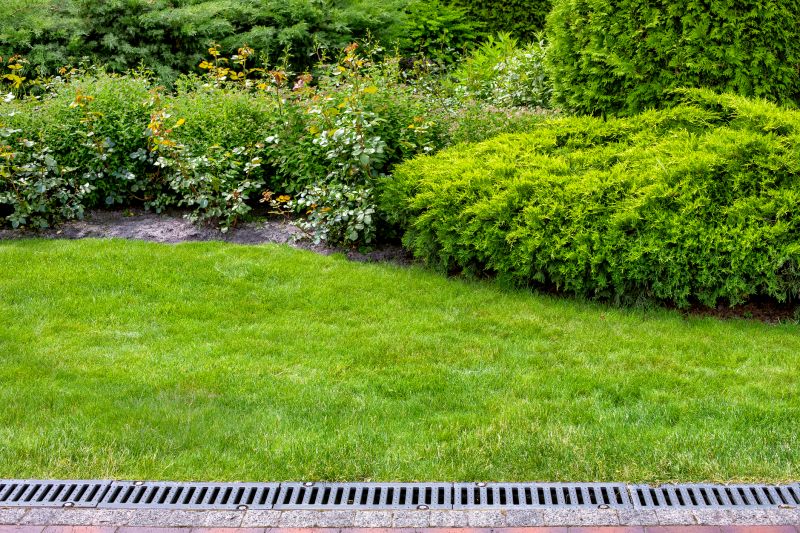
A typical surface water drainage setup during dry season.
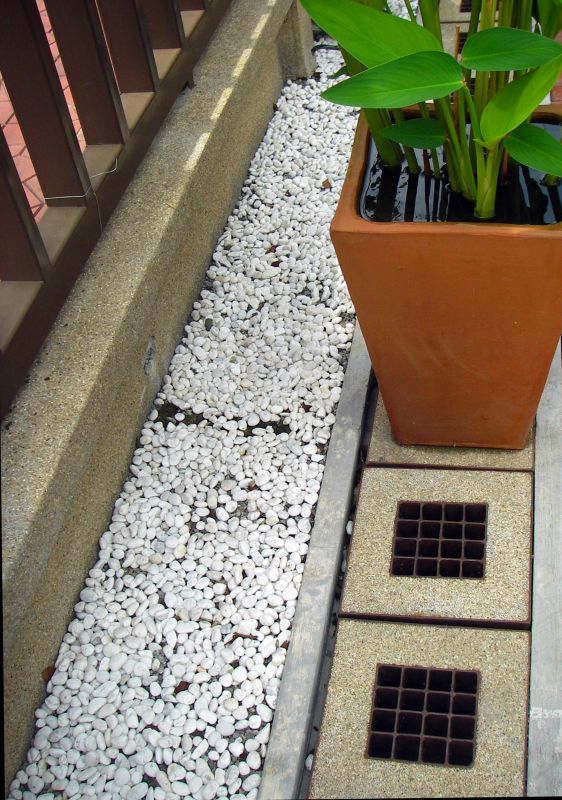
Technicians assessing water levels before drainage.
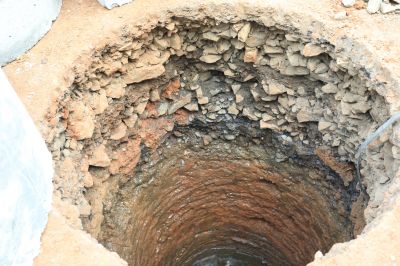
Preparing soil for drainage during optimal dry conditions.
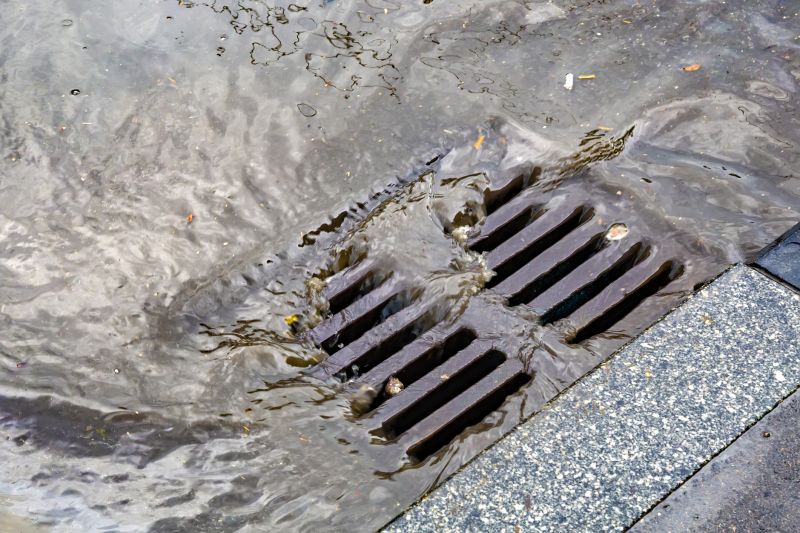
Popular materials for Surface Water Drainages and why they hold up over time.
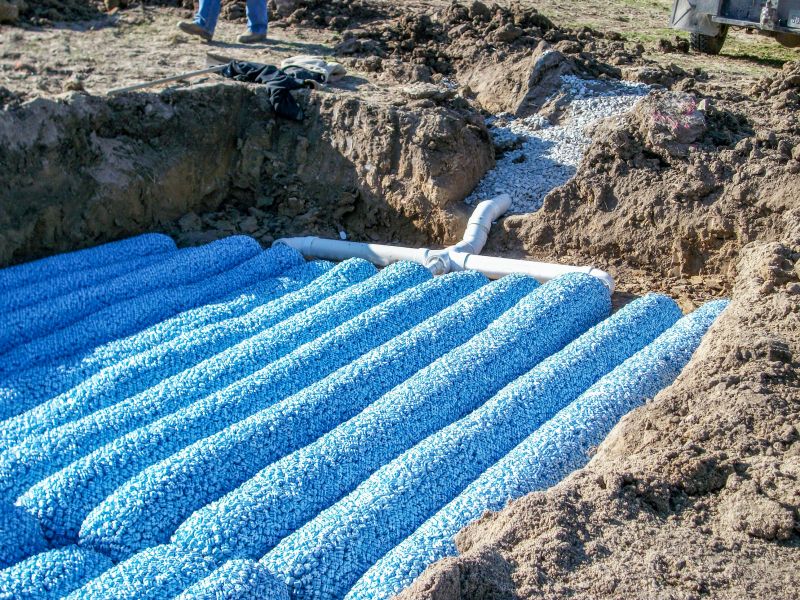
Simple add-ons that improve Surface Water Drainages without blowing the budget.
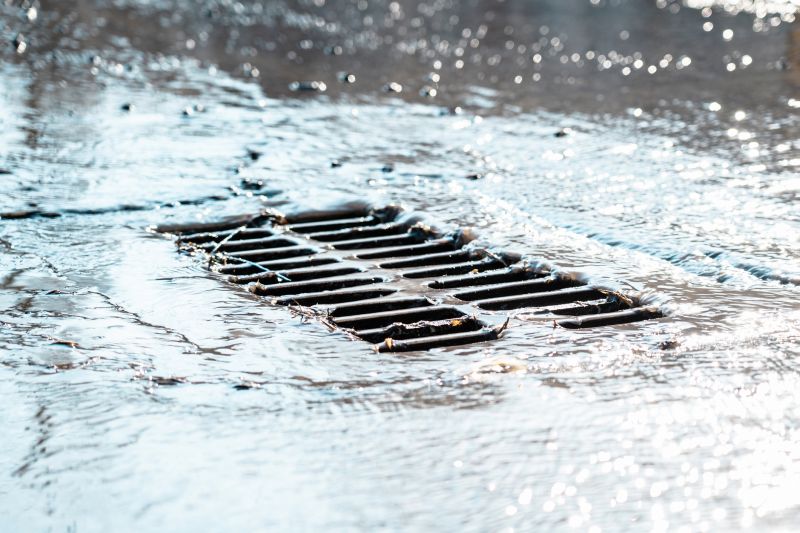
High-end options that actually feel worth it for Surface Water Drainages.
| Aspect | Details |
|---|---|
| Best Season | Late summer to early fall |
| Ideal Weather | Dry, stable conditions |
| Water Level Monitoring | Crucial before drainage |
| Soil Conditions | Low moisture for better results |
| Rainfall Impact | Heavy rain delays drainage |
| Timing Precision | Align with weather forecasts |
| Regional Variations | Dependent on climate patterns |
Surface water drainages are essential for managing excess water in various terrains, especially in areas prone to flooding or water accumulation. Proper timing of drainage activities ensures minimal disruption and maximizes efficiency. Seasonal variations significantly influence the success of drainage projects, with dry periods offering the best conditions for effective water removal.
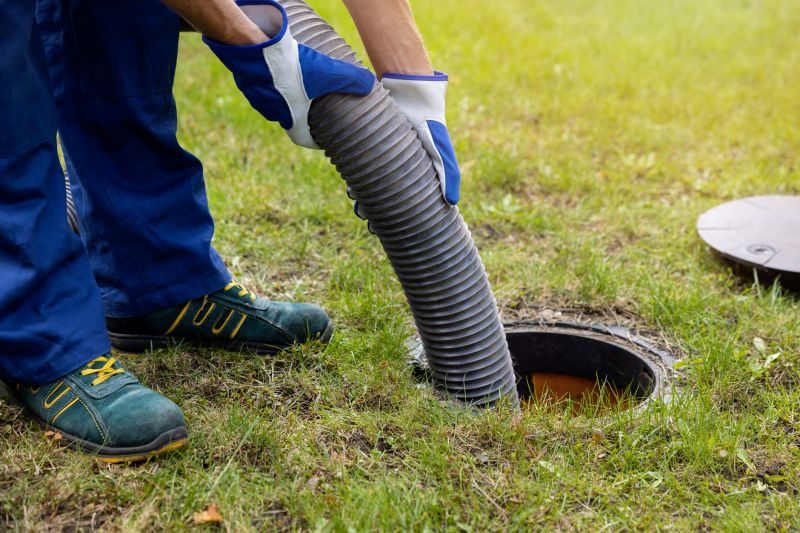
Tools used during surface water drainage.
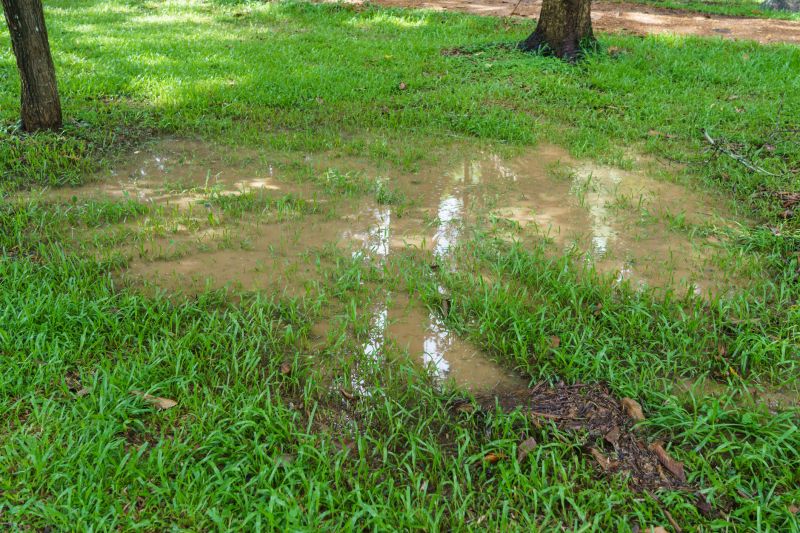
Planning surface water drainage during optimal conditions.
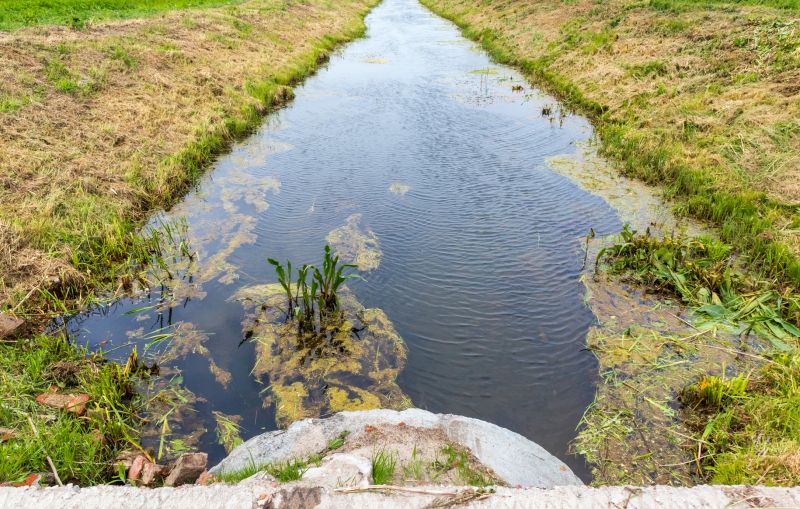
Managing water flow during drainage operations.

Evaluating drainage effectiveness after completion.
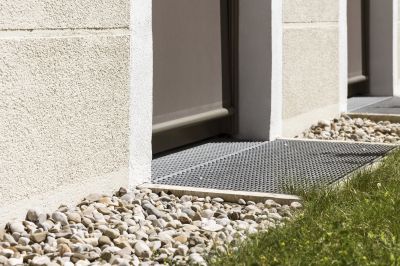
Finishes and colors that play nicely with Surface Water Drainages.

Little measurements that prevent headaches on Surface Water Drainages day.

A 60-second routine that keeps Surface Water Drainages looking new.
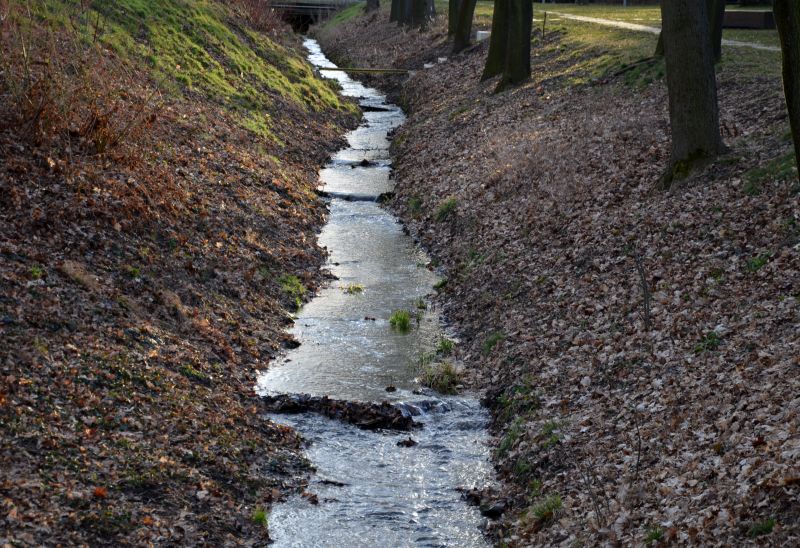
A frequent mistake in Surface Water Drainages and how to dodge it.
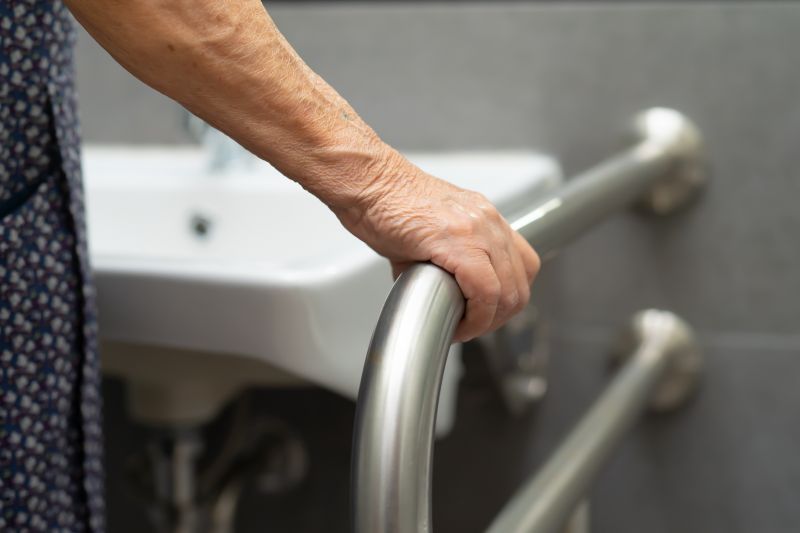
Small tweaks to make Surface Water Drainages safer and easier to use.
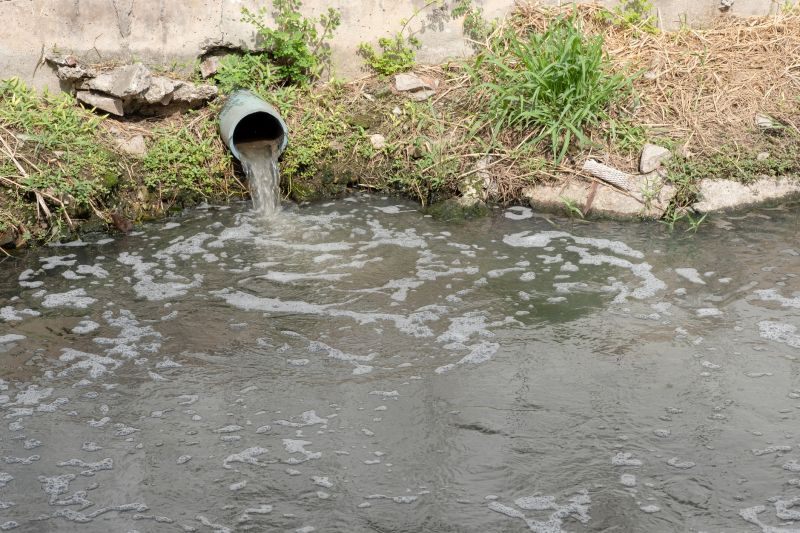
Lower-waste or water-saving choices for Surface Water Drainages.
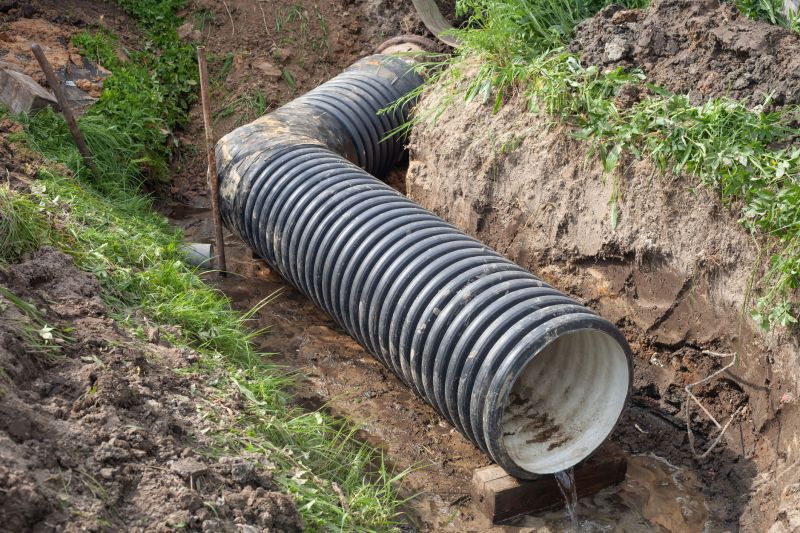
The short, realistic tool list for quality Surface Water Drainages.

Rough timing from prep to clean-up for Surface Water Drainages.
Interested in surface water drainage solutions? Filling out the contact form can provide more information and assistance tailored to specific needs.
